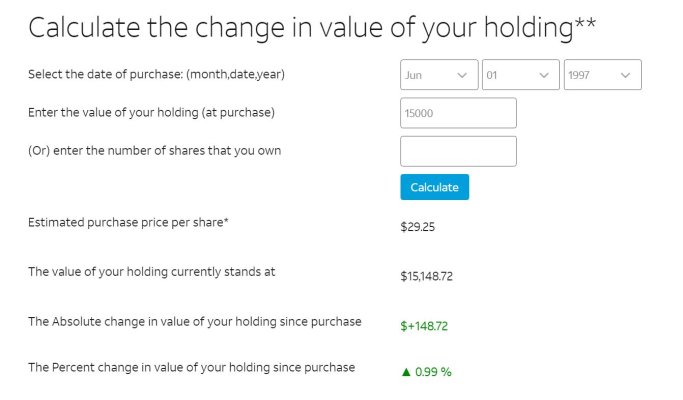ERD50
Give me a museum and I'll fill it. (Picasso) Give me a forum ...
...
We have been retired for over 10 years and that is my problem. Our stash has always gone up in retirement. In this era of low interest rates it will no doubt go down.
Maybe this will make you feel better - take the high end of years you may have left on Earth, then divide your current stash by that number. Does it meet your spending needs/wants (after other sources of income)?
If so, you don't need any return on investment. You should factor inflation into that, but it's a start. For example, a 3% (non-inflation adjusted) WR on a zero-return portfolio is good for 33.3 years using simple math.
But the real point is, modest draw downs of the portfolio certainly do not automatically spell disaster and there is no need to fear them.
-ERD50


